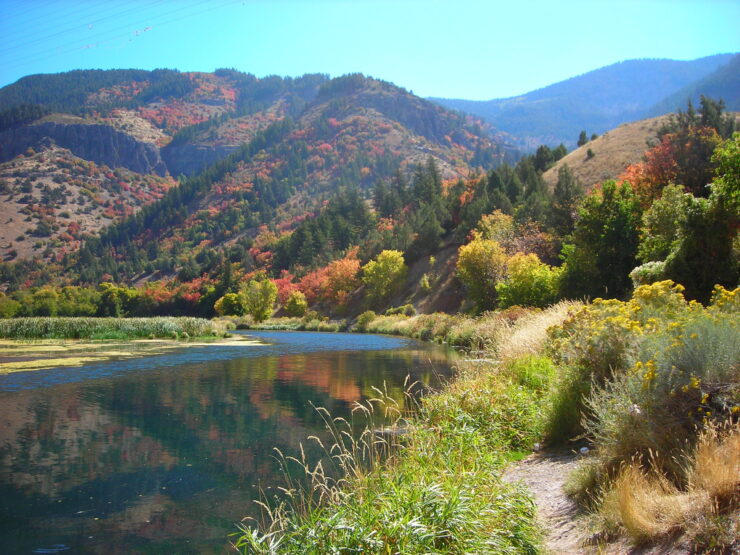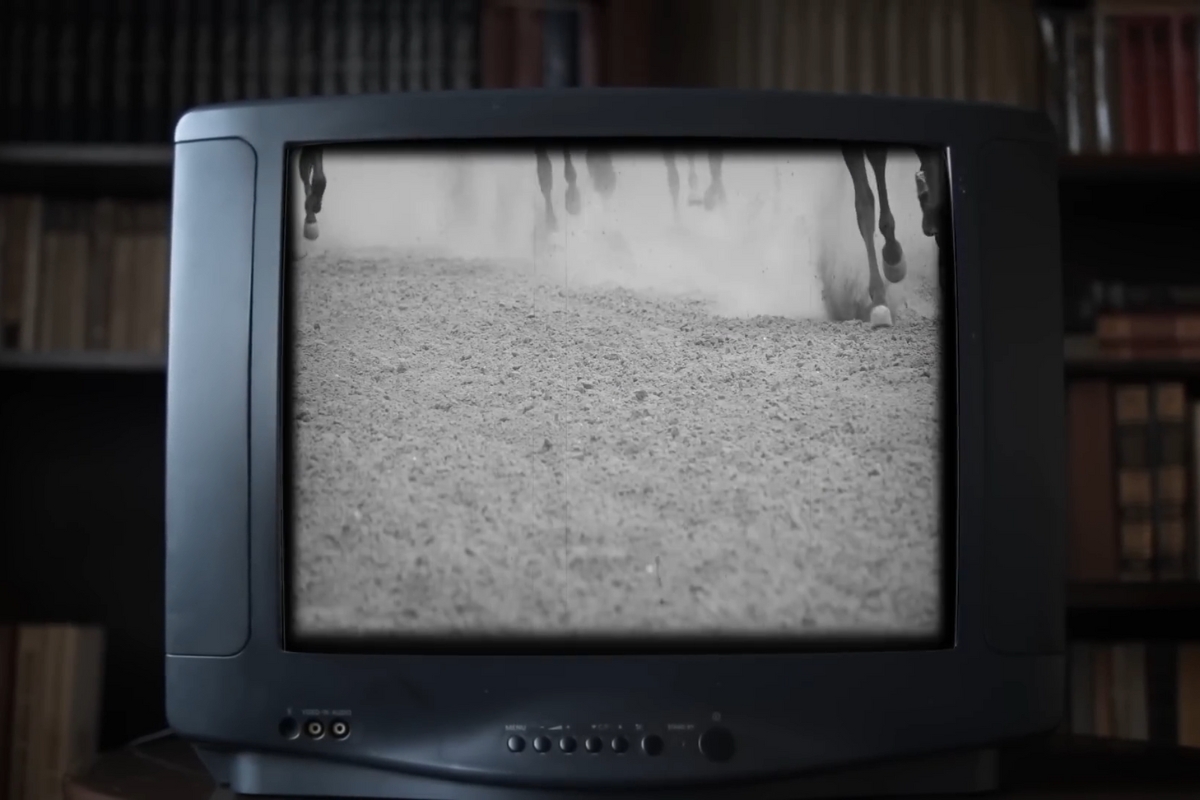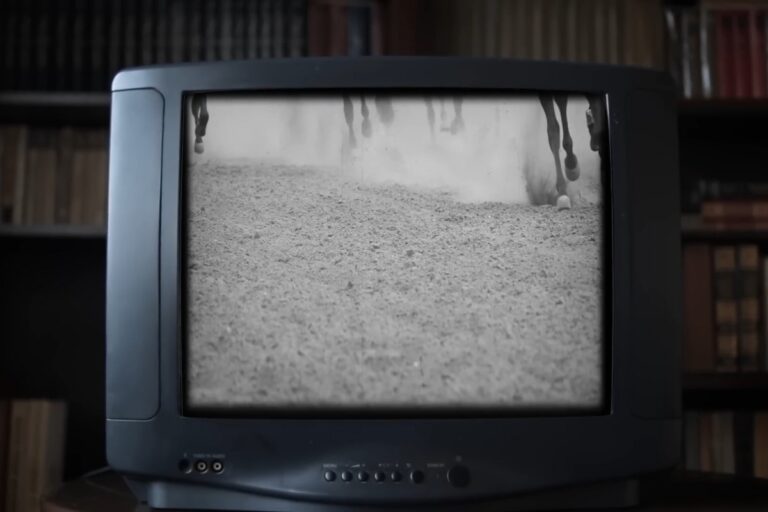Utah is renowned for its stunning lakes, boasting over 2,000 of them across the state. Additionally, major rivers like the Colorado River, Jordan River, Green River, and Logan River grace the landscape. While these water bodies are teeming with life, the dangerous animals of concern primarily reside outside the water. It is important to note, however, that most animals do not actively seek out humans and it is crucial to avoid provoking or approaching wild animals as they can attack and transmit diseases.
Fortunately, when swimming in a Utah lake or river, you need not worry about dangerous creatures lurking beneath the water’s surface. True snakes and large aquatic reptiles like American alligators are absent from the state. Nonetheless, if you plan to hike around Utah’s lakes and rivers, it is prudent to be aware of potential encounters with dangerous animals. Remember, while many animals are just as fearful of us as we are of them, it is never advisable to touch, harm, or feed a wild animal. Respect their space and observe them from a safe distance.
Let’s delve into five intriguing and potentially dangerous animals you might encounter around Utah’s lakes and rivers.
Mountain Lions:
Utah is home to approximately 1,000 mountain lions, also known as cougars. While spotting these majestic creatures is rare, chances slightly increase during winter when they hunt deer in valleys. If you come across a mountain lion, refrain from running and maintain eye contact. Running might trigger their instinct to chase. Instead, stand tall, speak loudly and clearly to assert dominance, and give them space. Remember, if a mountain lion blocks your path, you might be near their kittens.
Black Bears:
Utah hosts the North American black bear, a powerful and potentially dangerous animal. However, black bears rarely cause problems and contribute significantly to the ecosystem. With an estimated population of 4,000, they predominantly inhabit forested areas. While they generally avoid human contact, hunger can drive them to display aggression. Although black bear sightings are more common in rural regions, they occasionally venture into neighborhoods in search of food post-winter. In the unlikely event of encountering a black bear, remain calm and vigilant. If attacked, fight back or use bear deterrent spray to deter them.
Gila Monsters:
Southern Utah is home to a unique venomous reptile called the Gila monster. Though sightings are rare, it’s believed that several hundred to a few thousand individuals inhabit the region. Gila monsters produce venom in their lower jaws, which can cause intense pain when bitten. However, their bites are rarely fatal. Beware, as they may latch on and not easily let go. While some people believed their breath to be deadly, this is a myth. Since 1930, there have been no reported human fatalities. Gila monsters are generally slow-moving and classified as near-threatened in certain states.
Raccoons:
While raccoons may have adorable faces, they can carry diseases, albeit with rare fatalities. Found in various habitats, including wooded areas around lakes, rivers, and even urban spaces, raccoons are prevalent in Utah. Despite their seemingly friendly appearance, it’s crucial to never touch or attempt to handle them. Raccoons can transmit diseases such as rabies, canine distemper, parvo, and leptospirosis through bites or scratches.
Moose:
The moose, although not inherently aggressive, can become dangerous when provoked, particularly during mating season. Signs of an upset moose include raised hair and backward-pulled ears. These magnificent creatures roam mountainous regions and forests in Utah, with a higher prevalence in the north than the south. Should you encounter a moose in the wild, it’s advisable to ignore them and give them ample space to avoid any potential conflicts.
- If you want to read more articles on Utah check here.
Safety First: Tips for Hiking and Exploring Utah’s Lakes and Rivers
Utah’s lakes and rivers offer breathtaking landscapes and exciting outdoor adventures. To ensure a safe and enjoyable experience, it’s important to be prepared and mindful of potential risks. Here are some essential tips for hiking and exploring Utah’s lakes and rivers:
- Research and Plan: Before heading out, research the area you plan to visit. Familiarize yourself with the trail conditions, wildlife, weather forecasts, and any potential hazards. Plan your route accordingly and let someone know your itinerary.
- Check the Weather: Utah’s weather can be unpredictable, so always check the forecast before your trip. Be prepared for sudden changes in temperature, storms, or flash floods. Dress in layers and pack necessary rain gear.
- Pack Adequate Supplies: Bring enough water, food, and snacks to sustain yourself during the hike. Consider the duration and difficulty of the trail to determine the right amount. Carry a first aid kit, sunscreen, insect repellent, map, compass, and a fully charged cell phone or portable charger.
- Stay on Designated Trails: Stick to established trails to minimize your impact on the environment and reduce the risk of getting lost. Venturing off-trail can disturb fragile ecosystems and increase the chance of encountering dangerous wildlife.
- Wildlife Awareness: While wildlife encounters are rare, it’s important to be prepared and respectful. Maintain a safe distance and never approach or feed wild animals. Familiarize yourself with the behaviors and signs of animals you may encounter, such as mountain lions, bears, or moose.
- Leave No Trace: Preserve the natural beauty of Utah’s lakes and rivers by practicing Leave No Trace principles. Pack out all trash, respect wildlife and vegetation, and avoid making unnecessary noise.
- Be Mindful of Water Safety: If you plan to swim or participate in water activities, assess your swimming abilities and wear appropriate safety gear. Be aware of currents, underwater hazards, and the depth of the water. Keep an eye on weather conditions that could impact water safety.
- Hiking in Groups: Whenever possible, hike with a companion or in a group. Not only does this enhance safety, but it also allows for shared experiences and mutual support during the adventure.
- Emergency Preparedness: In case of an emergency, carry a whistle, signal mirror, or other means to attract attention. Know how to use them if needed. Familiarize yourself with the emergency contact numbers and the nearest medical facilities.
- Trust Your Instincts: If a situation feels unsafe or beyond your capabilities, it’s better to turn back or seek assistance. Listen to your instincts and prioritize your well-being.
Wilderness Awareness: How to Coexist with Utah’s Wildlife Safely
Utah’s wilderness is home to a diverse array of wildlife, and coexisting harmoniously with these creatures is essential for their well-being and our safety. Whether you’re hiking, camping, or simply exploring the outdoors, practicing wilderness awareness can help ensure a positive experience for both humans and wildlife. Here are some key tips to coexist safely with Utah’s wildlife:
- Educate Yourself: Learn about the wildlife species that inhabit the areas you plan to visit. Understand their behaviors, habitats, and any potential encounters you might have. The more you know, the better prepared you’ll be.
- Maintain Distance: Keep a safe distance from wildlife at all times. Respect their space and avoid approaching or attempting to touch them. Use binoculars or a zoom lens for a closer view, ensuring you do not disturb or stress the animals.
- Do Not Feed Wildlife: Feeding wildlife is harmful to both animals and humans. It can alter their natural behaviors, create dependency, and lead to aggressive encounters. Keep all food securely stored to prevent attracting wildlife to your campsite.
- Secure Your Trash: Dispose of waste properly by using designated trash receptacles or packing it out. Leaving trash behind can attract wildlife, disrupt their natural behaviors, and potentially create dangerous situations.
- Control Your Pets: If you bring pets with you, ensure they are leashed and under your control at all times. Unleashed pets can chase or disturb wildlife, cause stress, and even trigger defensive behaviors. Be mindful of pet waste and clean up after them.
- Respect Wildlife Habitat: Stay on designated trails and avoid venturing into areas closed for wildlife conservation. Respect nesting sites, dens, or other habitats and avoid disrupting them. Maintain a light footprint to minimize your impact on the environment.
- Wildlife Photography Etiquette: When capturing wildlife through photography, remember to prioritize their well-being. Use a telephoto lens to avoid intrusive close-ups, and never manipulate or disturb the animals for a better shot. Remember, their welfare comes first.
FAQ
Are there alligators in Utah’s lakes and rivers?
No, Utah does not have large aquatic reptiles like American alligators in its lakes and rivers. You can swim safely without the worry of encountering these reptiles.
Can I encounter mountain lions near Utah’s lakes and rivers?
While it is rare to spot mountain lions, they may be present in canyons frequented by deer near lakes and rivers. If you encounter a mountain lion, it’s important to remain calm, maintain eye contact, and give them space. Running can trigger their instinct to chase.
Are black bears common around Utah’s lakes and rivers?
Black bears are more commonly found in forested areas around Utah’s lakes and rivers. While they generally avoid human contact, they may occasionally wander into neighborhoods in search of food after winter. It’s important to stay calm and vigilant if you encounter a black bear and follow appropriate safety measures.
How can I coexist safely with Utah’s wildlife?
To coexist safely with Utah’s wildlife, it’s crucial to maintain a safe distance, avoid feeding them, and respect their habitat. Educate yourself about the wildlife species in the area, secure your trash, control your pets, and follow responsible wildlife photography practices.
What should I do if I come across a moose in the wild?
If you encounter a moose in the wild, it’s important to give them ample space and avoid provoking them. Signs of an upset moose include raised hair and backward-pulled ears. It’s advisable to ignore them and maintain a safe distance to prevent any potential conflicts.
How can I stay safe while hiking and exploring Utah’s lakes and rivers?
To stay safe while hiking and exploring Utah’s lakes and rivers, it’s crucial to research and plan your trip, check the weather conditions, pack adequate supplies, stay on designated trails, be aware of wildlife, practice Leave No Trace principles, and trust your instincts. Additionally, hiking in groups and being prepared for emergencies are important safety measures.
What should I do if I encounter a Gila monster?
Gila monster encounters are rare, but if you come across one, it’s important to maintain a safe distance. Gila monsters are generally slow-moving and rarely bite humans. However, their bites can be painful. Do not attempt to handle or disturb them, and respect their natural behaviors.
Final Words
In conclusion, Utah’s lakes and rivers provide breathtaking beauty and exciting opportunities for outdoor enthusiasts. While the water itself is generally safe from dangerous animals, it’s important to exercise caution and respect the wildlife that call these areas home. Remember to stay informed about the potential risks and behaviors of animals like mountain lions, black bears, Gila monsters, raccoons, and moose. By following safety tips, practicing wilderness awareness, and coexisting harmoniously with Utah’s wildlife, you can enjoy a memorable and safe experience while exploring the state’s magnificent lakes and rivers. So, gear up, plan your adventure, and embrace the wonders of Utah’s wild side!













